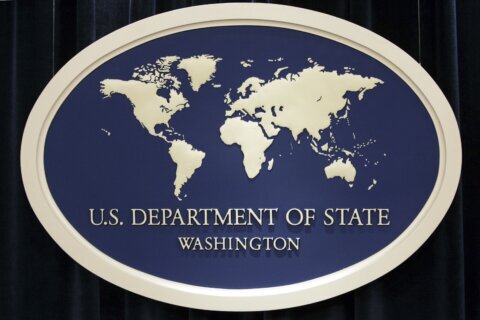The Internal Revenue Service just made it easier for Americans to tap into their qualified retirement accounts for emergencies up to $1,000 annually without penalty for early withdrawal.
The new rule applies to individual retirement accounts and employer-sponsored plans, such as 401(k)s.
The IRS doesn’t specify what constitutes an emergency, and you don’t have to provide receipts for how you spent the money.
Is this a good idea? Should retirement savers be using their retirement accounts as an additional source of cash?
Advantages of Making an Early Withdrawal
Statistics vary, but surveys routinely show that 60% or more of Americans live paycheck to paycheck.
“This new rule offering retirement savers the opportunity to withdraw $1,000 is helpful because not all people have a 401(k) to take a loan from instead,” said Brian Kuhn, a certified financial planner at Wealth Enhancement Group in Fulton, Maryland, in an email.
Even before the rule went into effect, he added, 401(k) loans weren’t taxed if the funds were paid back, but IRAs offered no similar loan provisions. “It was either withdraw it and accept the penalty or follow the necessary steps of putting it back into the IRA within 60 days as what’s called an indirect rollover,” Kuhn said.
[Read: Should You Use Your 401(k) to Pay Off Debt?]
Situations Where Early Withdrawal Makes Sense
For savers who try to salt away money for retirement but still face financial challenges, the new rule could be a game-changer.
“Emergency savings allow households to weather unforeseen economic shocks, particularly for those living on low to moderate incomes,” said Nick Maynard, senior vice president at Boston-based Commonwealth, a nonprofit organization focused on opportunity for the financially vulnerable, in an email.
According to a July 2024 report from retirement services company Empower, 37% of Americans can’t afford an unexpected expense over $400, and 21% have no emergency savings at all.
An employer-offered emergency savings benefit, either connected to retirement through an in-plan solution or independently administered, is a critical first step to building long-term financial security for many who are challenged to come up with emergency cash, Maynard said.
Reasons to Avoid Making an Early Withdrawal
For retirement savers with other assets or the ability to raise more money, withdrawing cash from their 401(k) or IRA may be a quick fix when better options are available.
“Withdrawing from a retirement account should only be done in absolute emergencies,” said Kelly Gilbert, principal fiduciary advisor at EFG Financial in Grand Rapids, Michigan, in an email.
“This should not be considered a first choice but a last resort for many reasons,” he added. “You cannot do an emergency withdrawal for another three years unless the money has been paid back, so choose wisely.”
Gilbert also pointed out the opportunity cost of taking an early distribution from a retirement account.
“Withdrawn money cannot grow for retirement, so think of this as the interest rate you are charging yourself when making the withdrawal. There are many places that can offer $1,000 credit for less cost,” he said.
[READ: How Much a 401(k) Early Withdrawal Costs]
Taking a 401(k) Loan as an Alternative
According to the IRS, a qualified plan may but is not required to provide loans. If a plan does offer participants the option of taking a loan, it can limit the amount that can be taken.
The maximum amount allowed for a loan is $10,000 or 50% of a plan participant’s vested account balance up to $50,000.
For example, if you have an account balance of $40,000, the maximum amount you can borrow is $20,000, according to the IRS.
Any loan has to be repaid, and 401(k) loans are no exception.
Gilbert pointed out that, like other types of loans, a 401(k) loan charges interest.
“You forfeit any gains while borrowed, and if you lose or change jobs, the loan is due in full or you risk IRS penalties,” he said.
Withdrawing $1,000 as an Alternative to a Loan
One purpose of the $1,000 emergency withdrawal provision is to provide an alternative to taking a loan or a hardship withdrawal, Maynard said.
“A 401(k) loan might be a better alternative, depending on a participant’s circumstances, but having the ability to withdraw penalty-free up to $1,000 once per year and pay it back with ongoing distributions creates a mechanism to potentially reduce reliance on 401(k) loans,” he said.
Behavioral Aspects to Consider
A cash crunch may indicate a reliance on stopgap measures rather than more rigorous financial planning.
“This issue is really about a money behavior and emotional issue,” said Christine D. Moriarty, a certified financial planner at MoneyPeace in Bristol, Vermont, in an email.
“First, restructure so you are saving each month in a savings account,” she said. “That will help you build confidence and a good habit.”
More from U.S. News
The 10 Biggest Regrets of Retirees
How the Gender Pay Gap Affects Women’s Retirement
How to Take Advantage of 401(k) Catch-Up Contributions
Should You Draw $1K From Your Retirement Account? originally appeared on usnews.com







